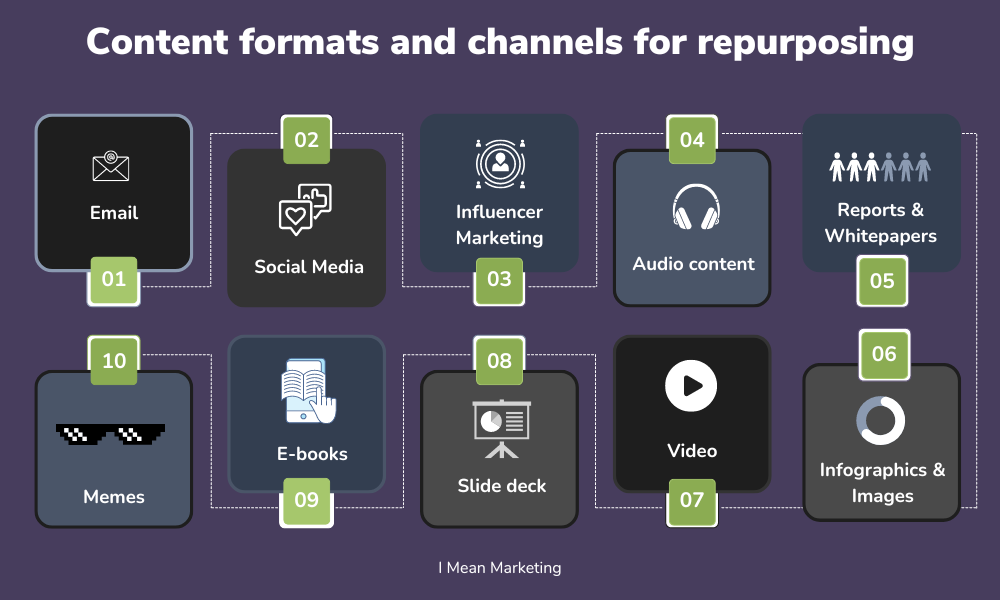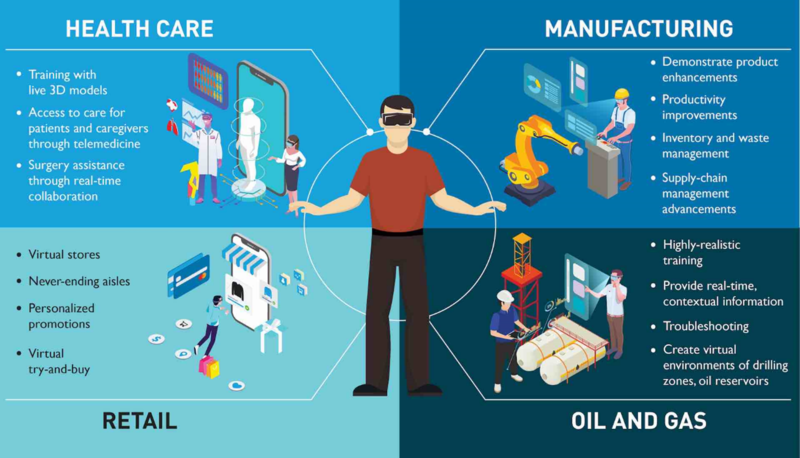Dynamic content adaptation through artificial intelligence (AI) is becoming an essential strategy for digital marketers and content creators aiming to engage increasingly sophisticated audiences. With advancements in data analytics and machine learning technologies, businesses can automate the process of tailoring content to suit individual user preferences. This guide explores how dynamic content adaptation can enhance user experiences by providing personalized recommendations, optimizing marketing campaigns, and ultimately driving sales conversions. It also outlines best practices, potential challenges, and future directions, offering insights to help marketers integrate AI-driven solutions into their content workflows effectively.
As digital marketing evolves, the need for automation and personalization has become critical. Growing consumer expectations demand that brands not only respond to individual preferences but do so in real time. Dynamic content adaptation leverages predictive analytics and machine learning to personalize user experiences across multiple channels. This guide addresses key concerns such as automating content repurposing, identifying tools for brand consistency, minimizing manual editing, streamlining content distribution, and ensuring coherent messaging across various platforms.
Ultimately, organizations that embrace AI-driven content adaptation can significantly improve their marketing return on investment (ROI) by delivering more relevant and engaging content to audiences while remaining adaptable to rapid changes in user behavior and preferences.
Unlocking the Power of AI in Dynamic Content Adaptation
Dynamic content adaptation refers to the process of modifying content in real time based on users' preferences and behaviors. AI enhances this adaptation by automating tasks that were once manual, which allows marketers to concentrate on strategy rather than execution.
One of the primary advantages of utilizing AI in content adaptation is the ability to provide personalized product recommendations. AI algorithms analyze browsing history, preferences, and engagement patterns to suggest relevant products. For example, Amazon's recommendation engine plays a significant role in driving sales by continuously adapting to user behavior (Research from Amazon).
Predictive modeling also plays a crucial role in effective content adaptation strategies. Research by Salesforce indicates that personalized communications enhance brand loyalty, with 52% of consumers likely to switch brands if customization is lacking. This statistic underscores the necessity of leveraging technology to improve marketing content relevance.
Visual guide illustrating AI workflows for content adaptation (Source: Visor.ai)
Efficient Automation Tactics for Content Repurposing
Automation presents a valuable opportunity for digital marketers to enhance efficiency across content production channels. By employing various tools and techniques, marketers can streamline the repurposing of content to ensure it effectively reaches diverse audiences without compromising quality.
Several tools assist in content repurposing by enabling marketers to identify modifications suitable for different formats, platforms, and audiences. For instance, content curation platforms facilitate the re-distribution of existing content, while scheduling and planning tools like CoSchedule significantly improve workflow efficiency.
Best practices for content automation emphasize creating templates and maintaining consistent branding elements. Case studies illustrate how brands that successfully automate content workflows save time and resources, leading to improved engagement rates. For instance, dynamic pricing optimizations can result in significant conversion rate increases in e-commerce environments.
 Chart depicting content formats and channels used for repurposing (Source: I Mean Marketing)
Chart depicting content formats and channels used for repurposing (Source: I Mean Marketing)
Ensuring Cohesion Across Channels with AI Tools
In an environment where consumers interact with a brand across multiple platforms, maintaining consistent branding and messaging is essential. AI tools help marketers achieve cohesiveness across all channels, ensuring that communication remains unified regardless of where it appears.
Key AI tools used for branding consistency include social media management platforms and content distribution networks that facilitate a well-coordinated messaging strategy. Utilizing AI-driven systems allows brands to customize content for specific platforms while retaining core messages based on user interactions.
Examples exist of companies like Etsy, which have effectively employed AI to customize search results, resulting in higher conversion rates. Additionally, adaptive user interfaces enhance engagement by modifying layouts according to user behavior.
 Visual comparison illustrating branding consistency before and after AI implementation (Source: ResearchGate)
Visual comparison illustrating branding consistency before and after AI implementation (Source: ResearchGate)
Streamlining Your Content Distribution Process
Efficient content distribution is crucial for maximizing reach and ensuring that target audiences receive personalized experiences. Automation tools simplify the distribution process by enabling marketers to schedule, distribute, and analyze content across channels seamlessly.
Best practices for distribution involve leveraging tools such as Hootsuite or Buffer, which facilitate pre-scheduling content and analyzing performance metrics across channels. This approach not only enhances productivity but also improves the effectiveness of marketing efforts over time. Techniques such as automated A/B testing significantly increase campaign performance by quickly identifying the best-performing variations.
Research indicates that predictive analytics can optimize the timing and methods of distribution, ensuring that content reaches users at the most effective moments.
 Flowchart outlining the streamlined content distribution process (Source: SlideTeam)
Flowchart outlining the streamlined content distribution process (Source: SlideTeam)
Cohesive Messaging without the Stress of Manual Editing
AI tools not only automate content distribution but also assist with the editorial process, thereby minimizing the amount of manual editing required while maintaining alignment with brand messaging.
AI-driven content editing tools maintain the brand’s voice and tone consistently. These tools can adapt text to fit different formats and platforms quickly, reducing the workload on human editors and enhancing overall accuracy. Notably, predictive analytics can re-engage customers based on their behavior through targeted content.
Research suggests that organizations utilizing AI for churn prevention note improvements in engagement rates and customer retention, highlighting the effectiveness of AI-driven strategies in maximizing user satisfaction.
 Illustration of AI-assisted content editing process (Source: Coschedule)
Illustration of AI-assisted content editing process (Source: Coschedule)
Ethical Considerations in AI-Driven Content Adaptation
While AI offers substantial advantages in content adaptation, it raises ethical considerations—particularly regarding user data privacy and transparency. Businesses must prioritize clear consent and transparency when collecting and utilizing user data.
Recent studies reveal a growing consumer concern about data usage, emphasizing the need for straightforward privacy policies. Organizations should follow data minimization principles by collecting only what is necessary for personalized content delivery.
Additionally, ensuring algorithmic fairness and accountability is pivotal in maintaining consumer trust. Regular audits of AI systems should be conducted to mitigate bias. Implementing comprehensive ethical AI governance can further bolster the relationship between organizations and their consumers.
 Graphic summarizing ethical guidelines in AI deployment (Source: UNESCO)
Graphic summarizing ethical guidelines in AI deployment (Source: UNESCO)
The Future of Dynamic Content Adaptation and Emerging Technologies
As technology continues to evolve, emerging trends will shape the implementation of dynamic content adaptation strategies. Technologies such as Augmented Reality (AR) and Virtual Reality (VR) are expected to revolutionize engagement methods by providing immersive experiences that enhance content perception.
Anticipated advancements include AI-driven environments that dynamically adjust based on user interactions, allowing for personalized shopping experiences in retail settings. Recent reports indicate that users of AR and VR devices are projected to exceed 100 million by 2027, highlighting the growing integration of these technologies.
Moreover, the development of generative AI will expedite content creation processes, allowing for the rapid personalization of AR/VR resources. Businesses will need to navigate these trends and incorporate them into existing strategies to maintain competitive advantage.
 Overview of AR and VR applications in content adaptation (Source: Radiant Vision Systems)
Overview of AR and VR applications in content adaptation (Source: Radiant Vision Systems)
Conclusion
Dynamic content adaptation through AI is reshaping the landscape of digital marketing and content creation. By automating personalization processes and employing predictive analytics, marketers can achieve higher engagement and conversions while ensuring consistent messaging across platforms. As technologies like AR and VR advance, embracing AI-driven strategies will be essential for remaining relevant in an increasingly competitive environment.
By placing a premium on ethical considerations and transparency, businesses can leverage AI to create personalized experiences that enhance customer loyalty and satisfaction, ultimately leading to significant returns on investment.

Comentários (0)
Entrar para participar da discussão ou .